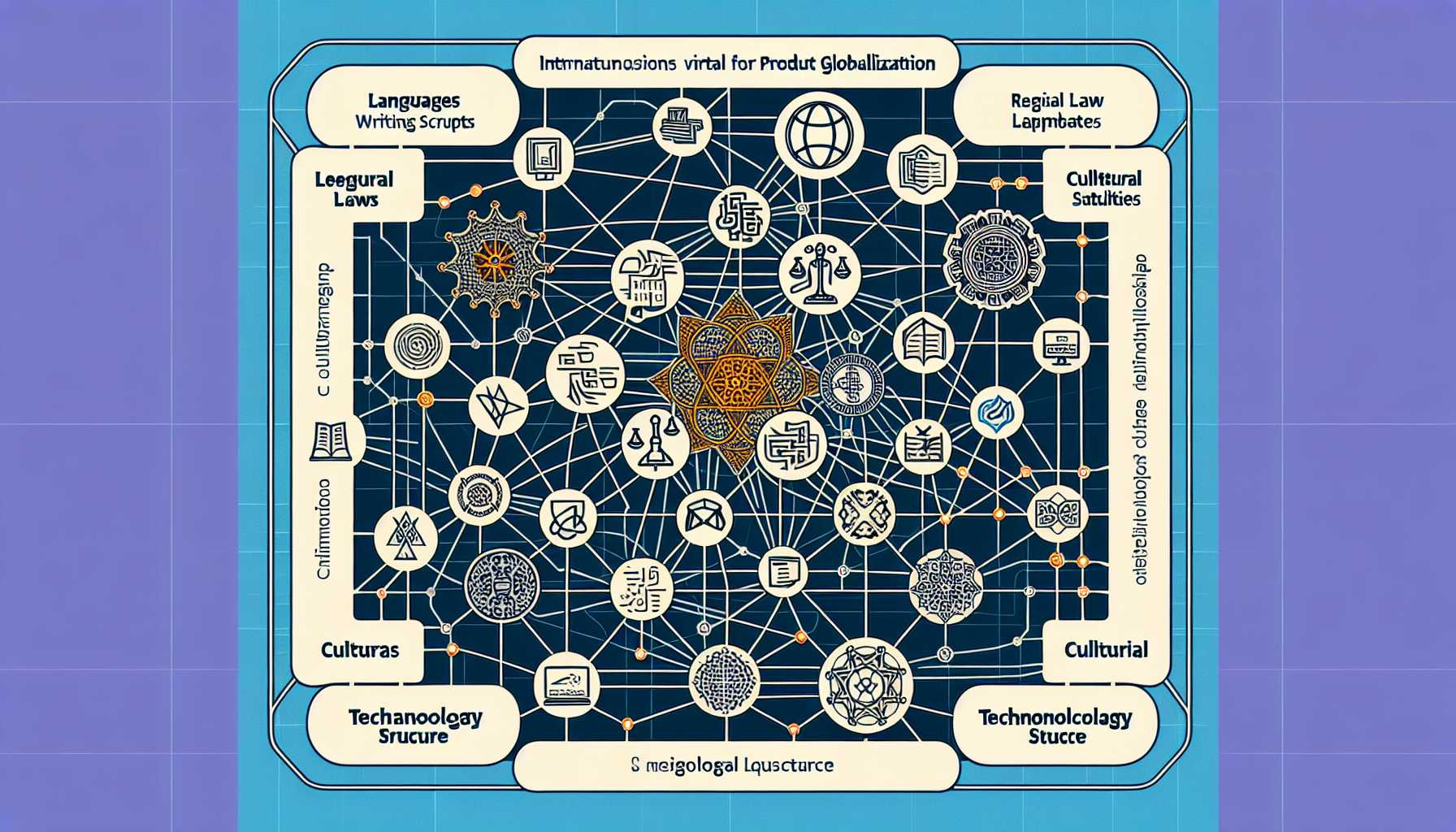Welcome to another in-depth exploration of the complex, yet fascinating aspects of software product management. Today, we delve into the important themes of internationalization (i18n) and localization (L10n), drawing on experiences from the trenches of launching products across borders. These processes are critical for any product aiming for global reach, as they ensure that users around the world receive a seamless and culturally relevant experience.
Understanding the Basics: Internationalization vs. Localization
Before I share my personal experiences, let’s clarify the distinction between internationalization and localization. Internationalization is the process of designing a software application so that it can be adapted to different languages and regions without engineering changes. Localization, on the other hand, is the process of adapting internationalized software for a specific region or language by translating text and adding locale-specific components.
Anecdotes from the Field: The Challenges of i18n and L10n
In my journey as a product leader, one of the early learning curves was understanding the breadth and depth of internationalization. A pivotal project that I spearheaded involved scaling a proprietary CRM platform to European markets. The complications went beyond just language barriers; we had to consider local regulations, cultural nuances, data storage, and infrastructure preferences.
Frameworks In Action
One of the first frameworks we applied was the ‘Pseudo-Localization Testing’, which helped us identify un-internationalized components. By using gibberish or extended character sets to simulate translations, we could quickly pinpoint areas where the UI would break with longer or differently structured text.
Another framework, which became my guiding star, was the ‘Global-First Design’. This approach forced us to think of our product as a global entity from the outset, avoiding the common trap of retrofitting international capabilities later. Although challenging, this preemptive tactic saved us countless hours down the line.
Case Study: CRM European Launch
Our CRM launch was initially earmarked for the UK, Germany, and France. These regions were selected based on market research that highlighted a critical mass of potential users and a competitive landscape ripe for disruption.
From the get-go, we centralized all text into resource files, making translation work a breeze, at least from a technical standpoint. But as we embarked on translations, we realized that literal translations would not suffice. The German market, for example, had specific privacy concerns, which meant rephrasing certain permissions and data consent dialogues to avoid mistrust or legal snafus.
We also discovered that certain colors and UI elements carried different connotations across regions. A particular shade of green that evoked trust and growth in the UK was perceived as inexperienced in Germany. Such subtleties pushed us towards more versatile, culturally neutral design choices.
Local Regulations and Integration
On the regulatory side, data sovereignty was a dominant theme. The European Union’s General Data Protection Regulation (GDPR) necessitated a revision of our data handling protocols. We had to ensure data stayed within the EU, calling for investment in local hosting solutions.
Integration with local payment gateways and third-party services also required attention. We ensured our API structures were robust and flexible enough to accommodate local service providers without necessitating a major overhaul.
Leveraging Localization Partners
Another strategy that paid dividends was establishing partnerships with local agencies. They provided invaluable local insight and translation services that significantly improved our product’s cultural resonance. Notably, our partnership in France helped us to steer the brand messaging to emphasize collaboration and productivity – values highly regarded in the French corporate culture.
Key Takeaways for Aspiring Global Products
Here are some distilled lessons from my experiences:
- Think global from inception – avoid retrofitting internationalization.
- Invest in pseudo-localization testing to identify localization issues early.
- Understand that translation is not just linguistic but also cultural – partner with local experts.
- Navigate privacy laws and regulations with localized legal counsel.
- Establish a flexible infrastructure that allows integration with local services and complies with data sovereignty requirements.
In conclusion, product managers venturing into international markets can expect a complex but rewarding journey. Anticipating and addressing both internationalization and localization needs early in the development cycle is crucial for success. Coupled with a strategic partnership and continuous learning, your product can truly resonate with a global audience.
For our next image prompt, let’s create a visual representation of the tight interconnectedness between various aspects of internationalization and localization. I imagine a complex network diagram that showcases the relationships between languages, regional regulations, cultural nuances, and technological infrastructure.

